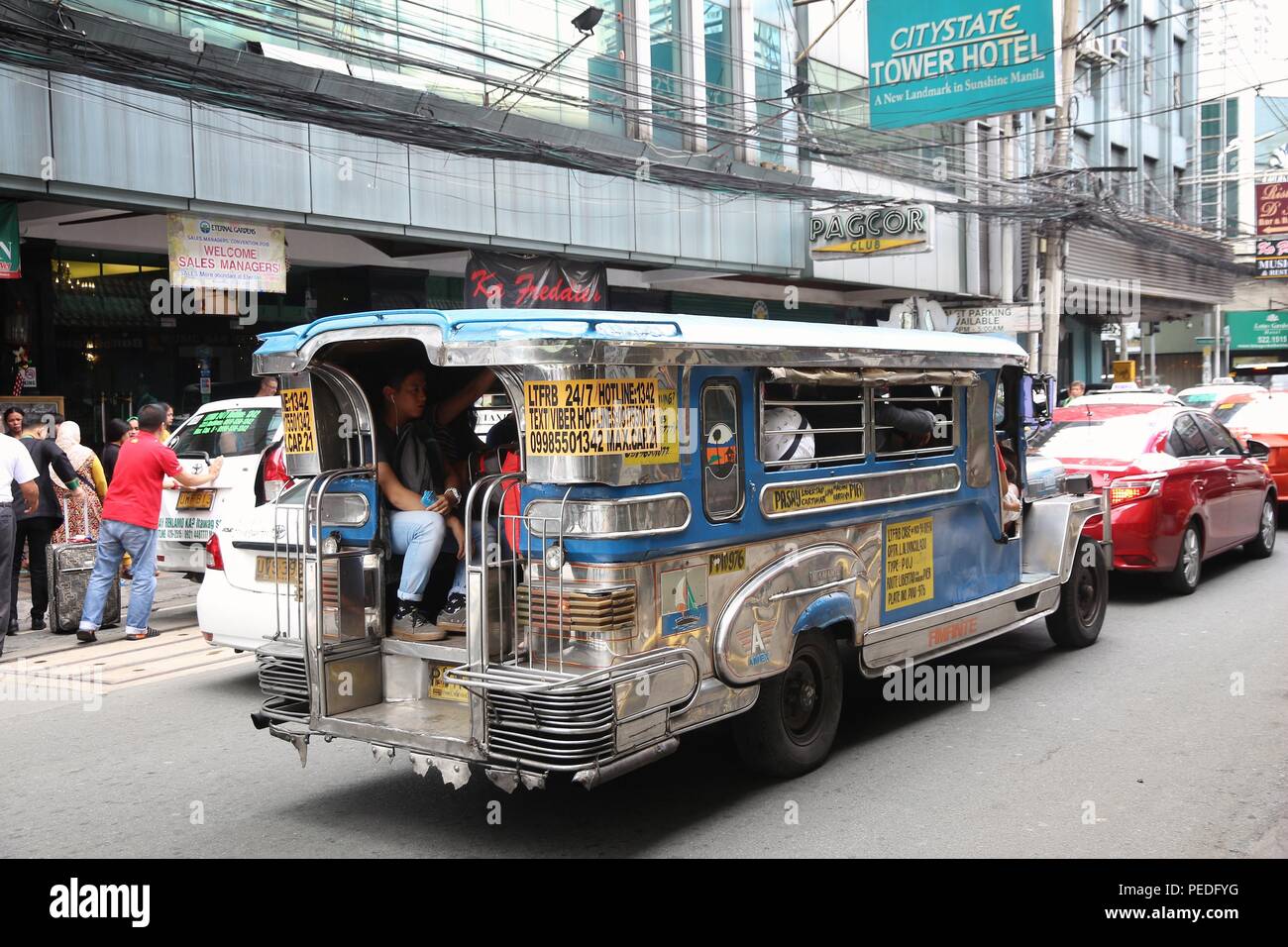Transit Advertising Philippines: Reach Hundreds Of Travelers Daily
Transit Advertising Philippines: Reach Hundreds Of Travelers Daily
Blog Article
Exploring the Effect and Performance of Transit Advertising And Marketing in Urban Advertising Approaches
Transportation advertising and marketing has ended up being a significant part of city marketing techniques, utilizing on the distinct characteristics of public transport atmospheres. With the fast evolution of technology and shifting consumer actions, the landscape of transit advertising is going through notable modifications that warrant closer exam.
The Rise of Transportation Marketing
As city populations remain to swell, the need for cutting-edge marketing solutions has actually brought about the increase of transportation advertising as a pivotal part of metropolitan marketing methods. This kind of marketing leverages public transportation systems-- such as trains, trains, and buses-- to get to a diverse target market in densely populated areas. The efficiency of transportation marketing depends on its capability to engage consumers during their day-to-day commutes, a typically neglected yet vital time for brand name messaging.
With cities coming to be progressively busy, conventional advertising spaces are ending up being scarce and less effective. Transportation marketing uses a vibrant choice, allowing brands to display their messages in high-traffic locations where potential customers are regularly revealed to the advertisements. Furthermore, as urban citizens significantly rely on mass transit, the importance and exposure of transit advertising have actually expanded dramatically.
In addition, technological improvements have improved the class of transportation marketing, allowing for digital displays and interactive campaigns that can capture customer focus much more properly than fixed ads. Consequently, transit advertising is not only an affordable alternative but likewise an important strategy for brands seeking to attach with urban customers in an impactful and unforgettable manner.
Key Advantages of Transportation Marketing
The performance of transportation marketing is underscored by its diverse benefits, making it an invaluable tool for city online marketers. Among the primary advantages is its comprehensive reach; transportation systems offer millions of passengers daily, allowing brands to get in touch with a diverse target market in high-traffic atmospheres. This visibility boosts brand name recognition, making certain that ads are seen repeatedly by travelers.

In addition, transit advertising and marketing is economical contrasted to various other media, providing a reduced expense per perception while keeping high visibility. The adaptability of ad formats, from bus covers to digital display screens, allows for impactful and innovative campaigns that can adjust to altering market needs.
Consumer Habits Insights
A significant section of customer habits is influenced by the pervasive nature of transportation advertising in urban environments. This type of advertising and marketing catches the focus of diverse demographics, engaging consumers throughout their daily commutes.
Study shows that transit marketing can stimulate psychological feedbacks, bring about enhanced brand name fondness. Customers typically link the experience of travelling with specific brand names, producing a long-term impression that influences investing in choices. Furthermore, the frequency of direct exposure to transportation advertisements cultivates familiarity, which is a critical consider consumer count on and commitment.

In addition, the communal aspect of mass transit contributes to this phenomenon; as people share rooms, they are most likely to discuss and suggest brands they run into. Hence, transit advertising and marketing not just reaches customers however additionally boosts social communications that enhance brand messaging. Understanding these behavioral understandings allows marketers to customize their strategies properly, making sure that their campaigns reverberate with target market in the city landscape.
Case Researches and Success Stories
Successful implementation of transportation marketing approaches is exhibited with numerous instance researches that highlight its effectiveness in urban advertising. One noteworthy instance is content the cooperation in between a prominent beverage business and a major city's public transportation system. The campaign used bus look at this website wraps and interior posters, causing a 30% rise in brand name recognition and a 15% surge in sales within the target demographic over three months.
An additional effective case entailed a regional dining establishment chain that employed train station marketing to draw in travelers. By developing visually striking ads that used timed promotions, the restaurant experienced an uptick in foot web traffic, with an outstanding 25% boost in lunch hour clients.
In addition, a city's tourist board launched a transit campaign showcasing local destinations via bus stop display screens and subway advertisements. The effort caused a significant increase in visitor visits, as reported by a 40% boost in queries at visitor facilities.
These case research studies underscore the flexibility and possibility of transportation advertising to engage city target markets efficiently, showing that tactical positionings can produce substantial returns on financial investment and improve brand exposure in dynamic urban environments. - Transit Advertising Philippines
Future Patterns en route Marketing
As metropolitan landscapes proceed to progress, so as well does the world of transportation advertising, which is positioned to embrace cutting-edge modern technologies and approaches. One substantial pattern is the integration of digital advertising and marketing screens into public transit systems. These vibrant displays permit real-time updates and targeted content, enhancing audience involvement. Additionally, the adoption of programmatic marketing is anticipated to acquire momentum, enabling advertisers to utilize data analytics for more exact target market targeting based on time, location, and market understandings.
One more emerging trend is using increased truth (AR) and virtual reality (VIRTUAL REALITY) experiences within transit advertising and marketing. These immersive innovations can captivate travelers, transforming mundane journeys right into interactive brand experiences. Furthermore, sustainability is coming to be progressively crucial; environment-friendly advertising and marketing materials and practices are most likely to acquire grip, showing the growing consumer demand for company social obligation.
Finally, the increase of mobile connection will assist in higher combination between transit marketing and personal devices. Advertisers can develop smooth cross-channel experiences, permitting immediate communication and interaction with potential clients. Jointly, these trends suggest a transformative future for transit advertising and marketing, using new opportunities for brands to connect with metropolitan target markets.
Final Thought
Transit advertising and marketing has established itself as a substantial element of metropolitan marketing methods, showing considerable effectiveness through boosted brand visibility and consumer involvement. The capacity to adapt messages to specific demographics, combined with the innovative use of modern technology, positions transit advertising as a driving force in check over here modern advertising and marketing (Transit Advertising Philippines). As urban environments remain to advance, the future of transit advertising and marketing promises additional innovations, guaranteeing its significance and influence fit consumer assumptions and habits in metropolitan landscapes
As city populaces continue to swell, the demand for ingenious marketing options has actually led to the increase of transit advertising and marketing as a pivotal part of city advertising strategies.A substantial part of customer actions is affected by the prevalent nature of transportation marketing in city atmospheres. Collectively, these fads show a transformative future for transit marketing, supplying brand-new methods for brands to connect with city target markets.
Transportation marketing has established itself as a considerable element of urban advertising approaches, showing considerable efficiency through improved brand visibility and customer involvement. As urban settings proceed to progress, the future of transportation marketing assures additional improvements, guaranteeing its significance and influence in shaping customer perceptions and actions in urban landscapes.
Report this page